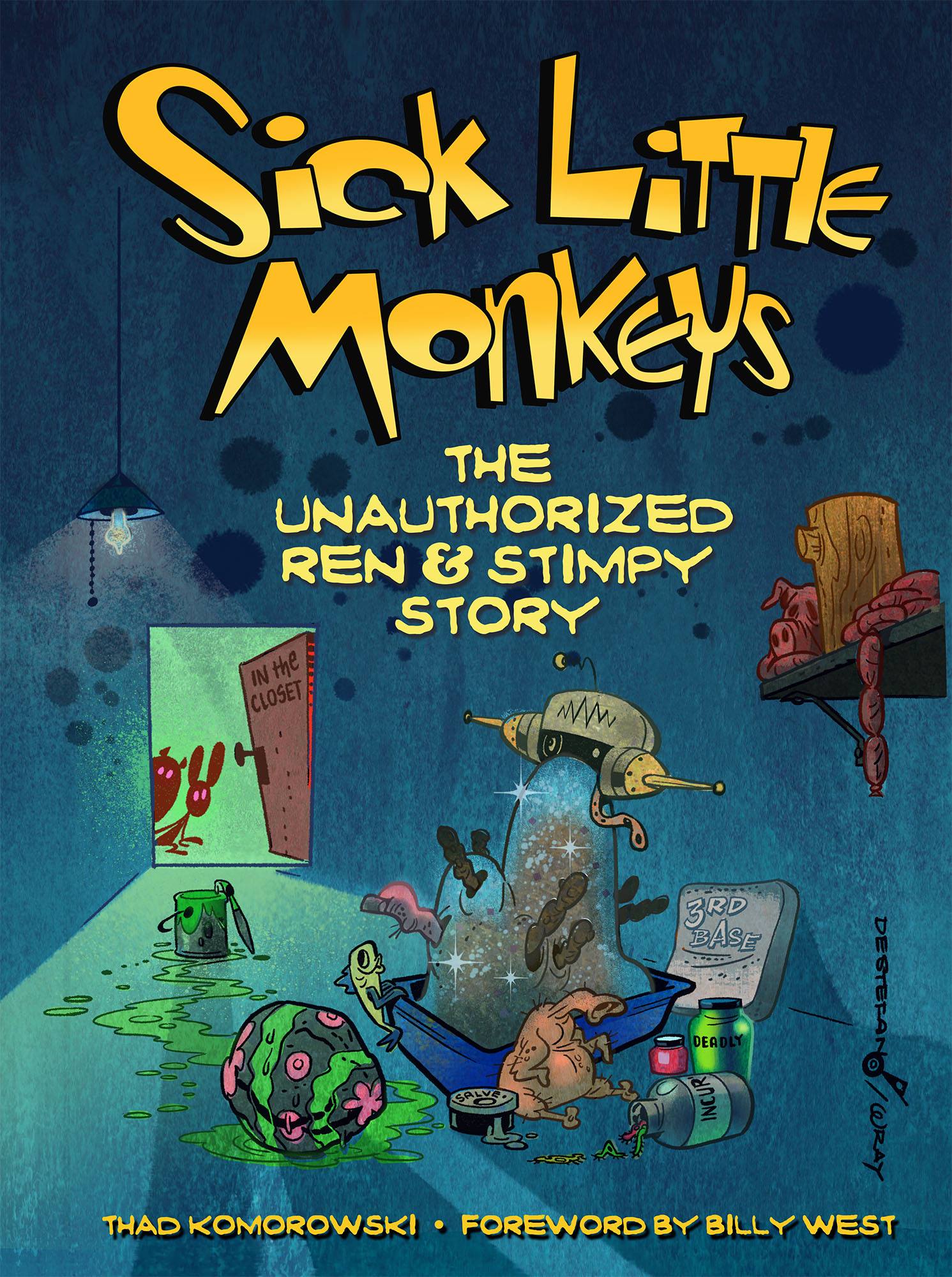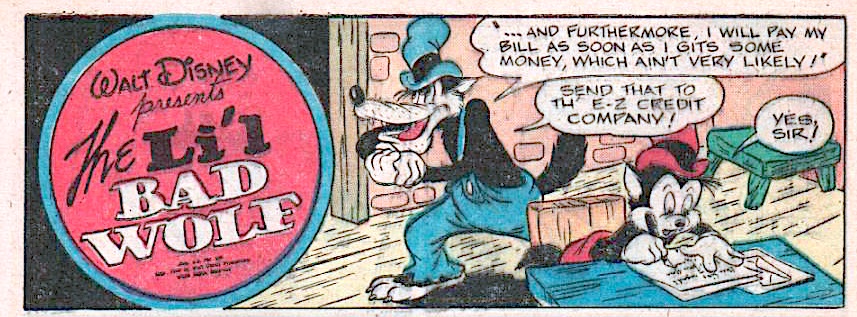
This turned up on Howard Lowery’s auction site four years ago and I don’t recall ever seeing it posted elsewhere (and I swore I had), so I’m putting it here. It’s a 1952 letter that animator-cartoonist Gil Turner wrote to his friend Preston Blair’s wife Hope, who was—er—hoping Turner might give her some tips for how to get a job writing for Western Publishing.
As everyone knows, Turner was one of the Western comics’ better writers. He wrote and drew many funny, inventive stories with Disney’s Big Bad Wolf and no-goo-do-gooder son Li’l Bad Wolf for Walt Disney’s Comics and Stories. He also wrote many stories with the Warner and MGM characters, and wrote-and-drew the not-so-good Pancho Vanilla feature that graced the back pages of Looney Tunes and Merrie Melodies Comics.
Unfortunately, Turner is channeling Chase Craig, the editor who presided over the increasing banality of the art and writing coming out of Western’s California office, in much of his advice. But there’s still kernels of truth herein that I find myself following to this day when writing and localizing comics with the Disney characters—truths of which a lot of other writers remain sadly ignorant. See what you think – transcription follows the gallery.
Oct. 25, 1952
Dear Hope:
So glad to hear from you after all this time. It has been an awfully long time since we have seen or heard from you and Preston. We have thought and spoken of you both many times, and wondered how you are. Hope, I will try and do my best and advise you how to write for Dell Comics. I have had, perhaps, more than my share of good luck, by having only two or three stories turned down since leaving Metro in 1946… anyway, the following formulas seem to work for me.
- Don’t attempt a story until you have made a thorough study of Dell magazines. It’s the only way you will really learn the requirements. Read the current magazines and as many of the back issues as you can find. Become so familiar with the characters that you will know just how they think, talk, and react to given situations. A story that in itself may be funny and have merit may not be worth a nickle [sic] as a vehicle for “Bugs”, Porky, Mickey, or any of the others.
- A GOOD BEGINNING. Something interesting, amusing or exciting should be going on from the very first panel. Get into the actual story as quickly as possible and keep it moving.
- ACTION. Every page should have action. If you find a page is getting “talky”, figure out a way to get action into it. However you should avoid having too much going on in one panel.
- CLEVER DIALOGUE. Don’t just fill in a balloon. Make it as interesting and snappy as possible. Don’t put too many words in a balloon. It varies, of course, with the situation, but a good rule of thumb that has worked well for me has been to keep the number of words in a page UNDER 100… as many words under as possible. Make your “heavies” tough without the use of DESE, DEM, DOZE, etc.
- THE PLOT. As in any form of writing, each story should have a plot, regardless of how simple it might be. Make sure your story isn’t merely a series of incidents. Avoid counter plots. Keep chuckles throughout the story.
- THE ENDING. A really clever ending has saved many a mediocre story for me, so give plenty of thought here. The reader should feel satisfied with the outcome, and there should be no loose ends.
- Don’t use flashbacks. Avoid dream sequences. They are MURDER with an editor… at least an editor with Dell.
- Never use more characters than are necessary to tell your story. If a character is created, BE SURE that it doesn’t outshine the lead character.
- Be as fantastic as you like but be sure to make plausible explanations.
- Avoid sophistication and adult themes such as psycho-anaysis [sic]. The bulk of the readers range from 6 to 16 years of age, with the peak around 11 or 12. This doesn’t mean, though, that you can “write down” to them… far from it. They are surprisingly quick to discover this sin in a story.
- Keep them in good taste. Avoid anything dealing with race, politics, religion, labor, suicide, death, torture, or physical handicaps. Don’t make fun of the police.
- NEW IDEAS. Avoid doing the obvious. Follow the same pattern, but get a new twist to your story. Avoid trite “cops & robbers” themes. On Bugs Bunny, avoid “carrot stealing” as the main theme. This has been worked to death.
- DON’T under estimate writing for the comics. Don’t say, “Anybody can write that stuff!” … Writing for comics has become as highly specialized as any field of writing.
That’s about all the tips I can think of, at the moment, Hope. I am enclosing several stories of mine, so that you might see the way I submit my stories. If you follow this general format, you will be safe… regardless which character you feature. It isn’t neccessary [sic] to sketch the stories carefully. You can just draw stick-figures… so long as they are labeled, or otherwise identified.
Send stories to Mr. Chase Craig
Whitman Publishing Co.
9916 Santa Monica Blvd.
Beverly Hills
Or to: Mrs. Alice Cobb
Same address
} Mention me if you wish— Best regards to you and Pres — and good luck — Gil
P.S. Note the number of pages in story of character you are writing – (As example: “Li’l Wolf” is always eight pages. Pancho is always 5 pages, etc.
Envelope:
I have been writing and drawing “Li’l Bad Wolf” for Walt Disney Comics and “Pancho Vanilla” for Warner Bros. since leaving Metro in ’46 – plus writing Sylvesters, Porkys, Bugs, Mickeys, etc. for others to draw. I went back to the animation business, though, Sept. 1st with Walt Lantz. I am only doing two stories a month now (in spare time) for Dell – “L’il Wolf” and “Pancho”.
Angelyn sends regards to you both.

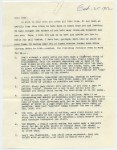
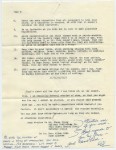


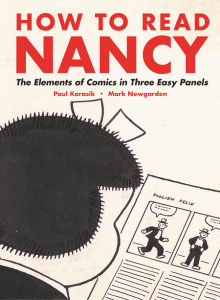 How to Read Nancy will inevitably be an important college text: its writing is engaging but never fannish, and breaks down the concepts of visual storytelling in a manner that will not turn off the average reader or student. I can easily see this becoming an alternative to Scott McCloud’s Understanding Comics in many curriculums. That book has its virtues and will always be valuable, but I always thought it an awful idea for McCloud to do it as an actual comic book. Newgarden and Karasik lavishly illustrate the history and their thesis, and also understand that concepts need to be explained in words without distracting the reader with the authors’ own creative concept.
How to Read Nancy will inevitably be an important college text: its writing is engaging but never fannish, and breaks down the concepts of visual storytelling in a manner that will not turn off the average reader or student. I can easily see this becoming an alternative to Scott McCloud’s Understanding Comics in many curriculums. That book has its virtues and will always be valuable, but I always thought it an awful idea for McCloud to do it as an actual comic book. Newgarden and Karasik lavishly illustrate the history and their thesis, and also understand that concepts need to be explained in words without distracting the reader with the authors’ own creative concept.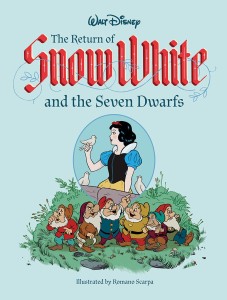 Now available from Fantagraphics is
Now available from Fantagraphics is 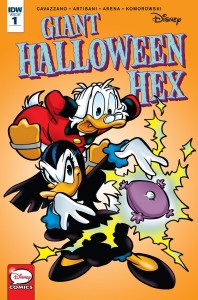 For some reason, I now have an
For some reason, I now have an 